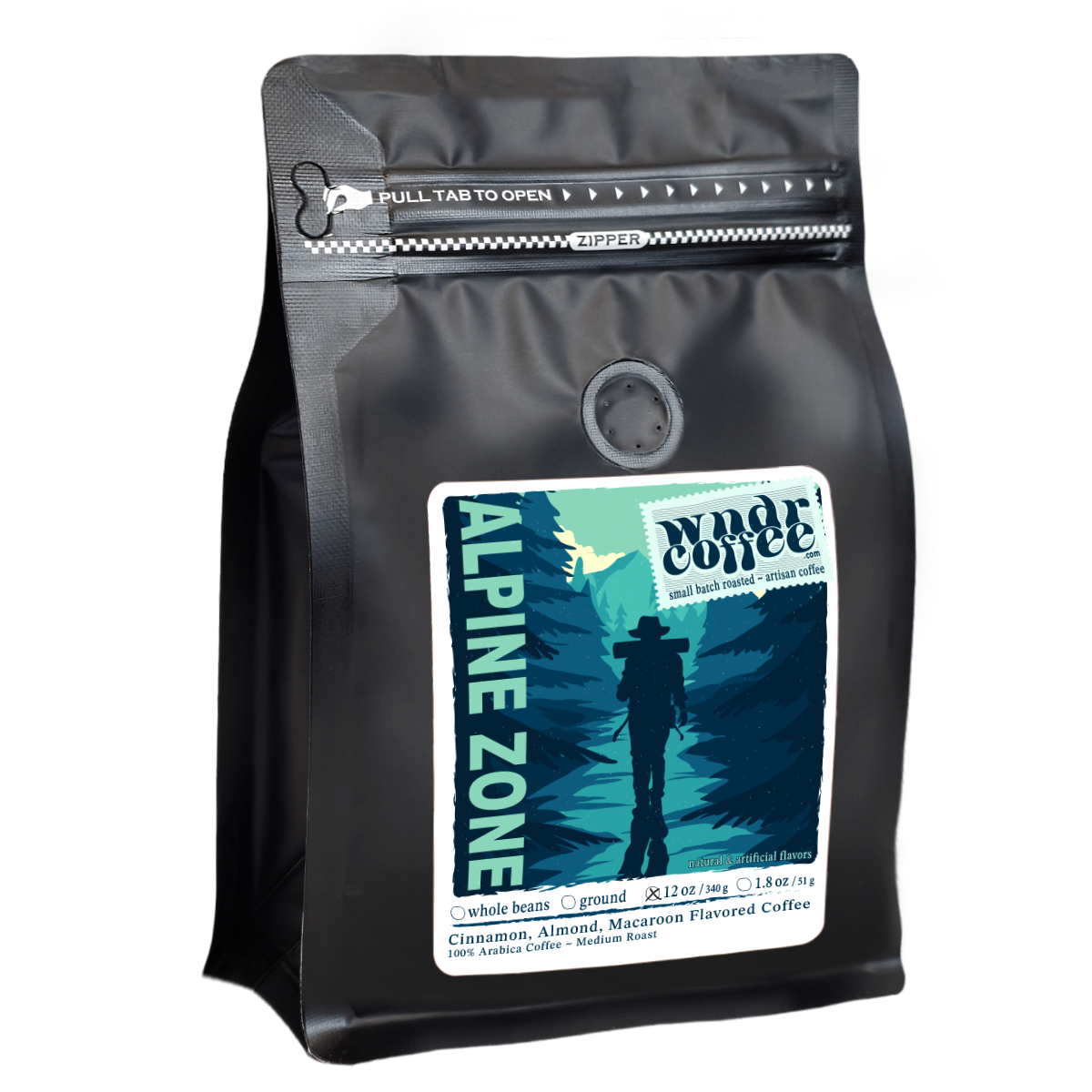If you’ve ever shopped for coffee you have probably noticed terms such as “AA” or “Grade A” mentioned. But what do these terms mean? And why do they matter?

Coffee grades help us determine the size and or quality of the beans we’re getting. Within a grade, we can expect some level of consistency throughout the beans. Believe it or not, there is no one system of classification across the coffee sector. Each producing country has its own way of grading its green coffee. Even though the systems are different, the goal is the same. We grade coffee so that we can get the best roast possible every time.

GRADING BY SIZE
Some countries sort and grade their beans strictly by size. One of the most notable is Colombia. In Colombia, there are two grades, Excelso (smallest) and Supremo (largest). Coffees that do not meet the criteria for either are not graded. To grade coffees by size there needs to be a way to measure them. This is where sorting screens, called sieves, come into play. Each sieve has different-sized holes for green beans to pass through. For Excelso beans, they can pass through a 16-grade sieve (holes of a 16/64” diameter), but are too large to pass through a 14-grade sieve (14/64” holes). Supremo beans can pass through an 18-grade sieve but are too large for the 16-grade sieve used for Excelso.

Sorting by size is also done in some countries within Central America. They have 6 different grades:
- Superior
- Segundas
- Terceras
- Caracol
- Caracolli
- Caracolillo
The largest bean size being “Superior” and the smallest being “Caracolillo”.
Many of the most popular coffees coming out of Africa are also graded by size. They have 7 different gardes:
- E
- AA
- AB
- C
- PB
- TT
- T
Let’s break ‘em down!
‘E’ = Elephant. It’s the largest bean on the scale. BUT these beans usually break apart when being processed/roasted so they actually aren’t as sought after.
‘AA’ beans are the best of the best. They are smaller than Elephant beans but have a screen size of 18+.
‘AB’ bean have a screen size of 16/15. ‘AB’ is generally a more standard-sized bean.
‘C’ ‘TT’ and ‘T’ beans are all considered a low-quality bean size. With ‘T’ beans mainly being chips and broken pieces of other beans.
‘PB’ on the other hand, is given to peaberries. Peaberries occur when a single bean has grown inside a cherry as opposed to the usual two. Some professional coffee graders believe that because the single peaberry receives all of the nutrients of the coffee cherry rather than sharing with another seed, they can have more caffeine and taste sweeter!
We have several coffees in stock right now that use this system of grading:
Zambia Mafinga Hills, Tanzania Iganda, and Uganda Mt Elgon

GRADING BY ALTITUDE
Altitude is linked to many important qualities found in coffee. Cooler mountain temperatures prolong bean development. This gives the coffee bean more complex sugars, yielding deeper and more compelling flavors. High elevations also offer better drainage, reducing the amount of water in the fruit, which leads to a further concentration of flavors.
Countries in Central and South America, Guatemala and Honduras grade by altitude.
In El Salvador beans are put into 3 different groups:
- SHG - Strictly High Grown - Grown 1200+ masl ( meters above sea level )
- HG - High Grown - Grown at 900+ masl
- CS - Central Standard - Grown at or below 900 masl
Honduras grades with the same names but they are used for different altitudes.
- SHG - Strictly High Grown - Grown 1350+ masl
- HG - High Grown - Grown between 1200 - 1350 masl
- CS - Central Standard - Grown at or below 1200 masl
Guatemala has a similar but distinctly different system:
- SHB - Strictly Hard Bean - Grown 1300+ masl
- HB - Hard Bean - Grown between 1220 - 13000 masl
- Semi-Hard Bean - Grown between 1050 - 1220 masl
- Extra Prime - Grown between 900 - 1050 masl
- Prime - Grown between 750 - 900 masl

CUP QUALITY
Unlike other origins, Ethiopia grades its coffee based on defects and cup quality instead of screen sizes. Grades range from 1-9, with grades 1-2 considered specialty. While everything else is considered commercial.
We currently have an Ethiopia from Sidamo with a 2 Grade.
Now that we've covered the most popular grading methods and terms, when you see ‘AA’, ‘Supremo’, or ‘SHB’ you’ll know they're more than just fun initials tacked onto the name of some coffees, they tell us the size of the bean or the altitude at which the coffee was grown. These grades show us just a small part of what gives coffee its depth of flavor and unique notes. Keep trying coffees of different grades and explore what each cup has to offer!


